July 19, 2023
It's been three months since I had #MyFirstMacaoTrip and you probably have read my blogs about it. But more photos are yet to share, and for today's blog, I'll bring you to Fortaleza Do Monte and Museum De Macau.
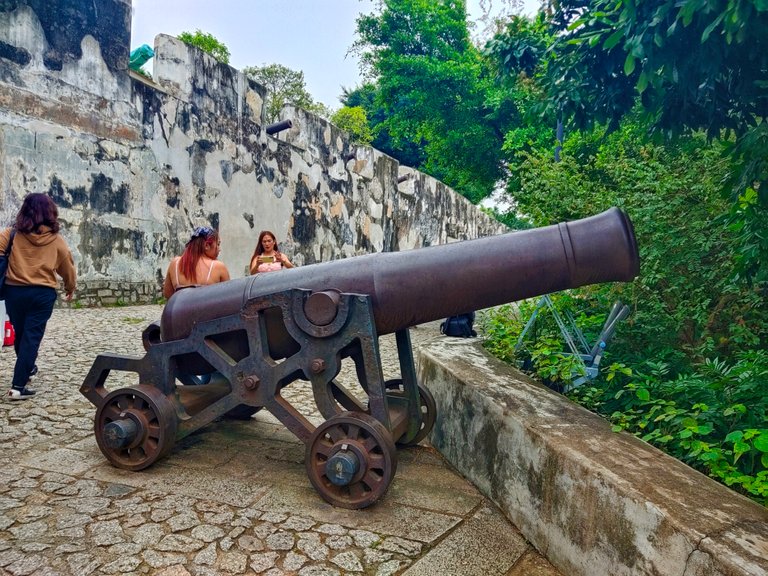
After visiting St. Paul's Ruins and the Crypt, we went up the Mount Hill through the trail located just near the ruins. I followed my female boss, the woman wearing a brown shirt, as she was familiar with the place. Up the hill is a glimpse of old and dense Macau with modern architecture evidently overshadowing the small houses.
We entered a place with stone walls and pathways. Some canons, in the first photo above, were the main attractions. I first thought it was a military fort so I excitedly walked farther to prove my curiosity.
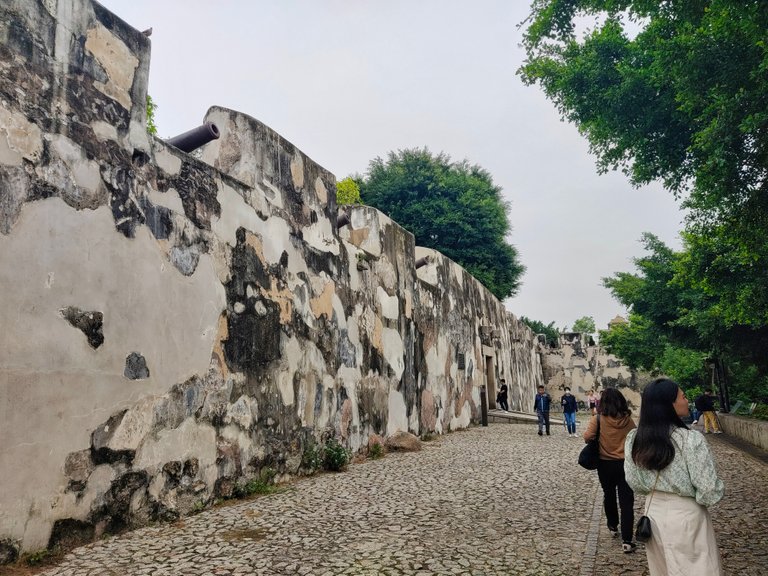
The place is called Fortaleza Do Monte, and based on what I read, the fort was built in 1617 to protect the properties of Jesuits from the pirates and other invaders.
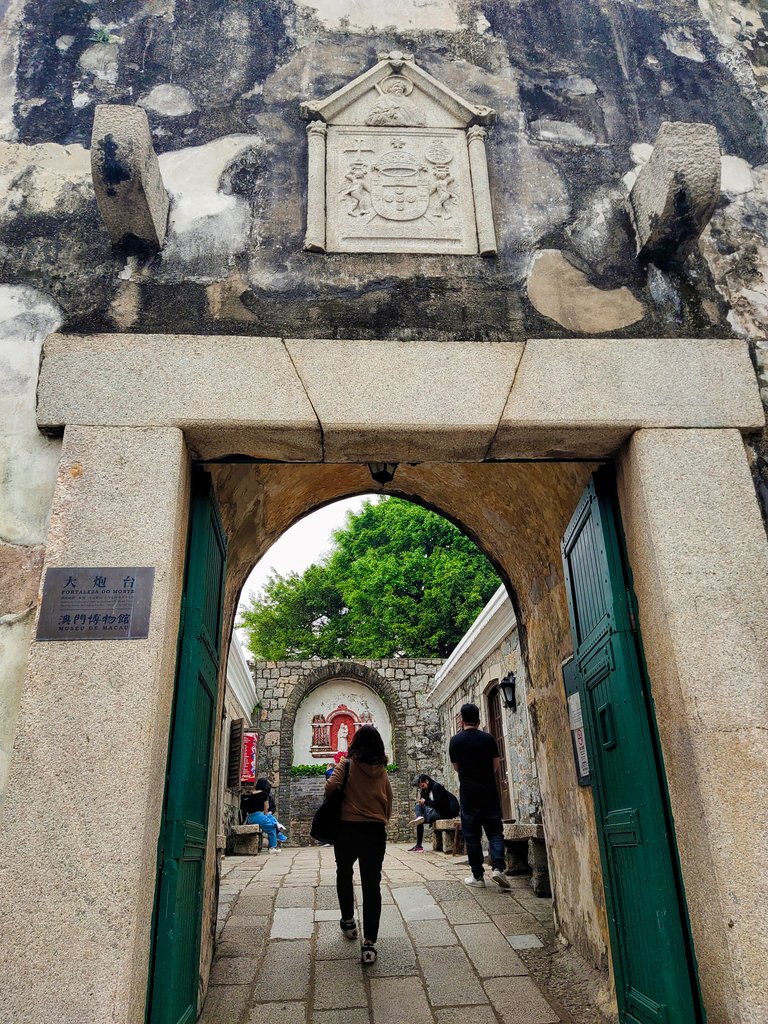
This area has been turned into a cafe which is a popular attraction in the place.

We followed this pretty pathway up to the higher part of the fort.

The place offers a panoramic view of Cotai Macau. Many of the buildings here are old. Some were revamped and more casinos were built.

That distinct building is a popular resort and casino, the Grand Lisboa.
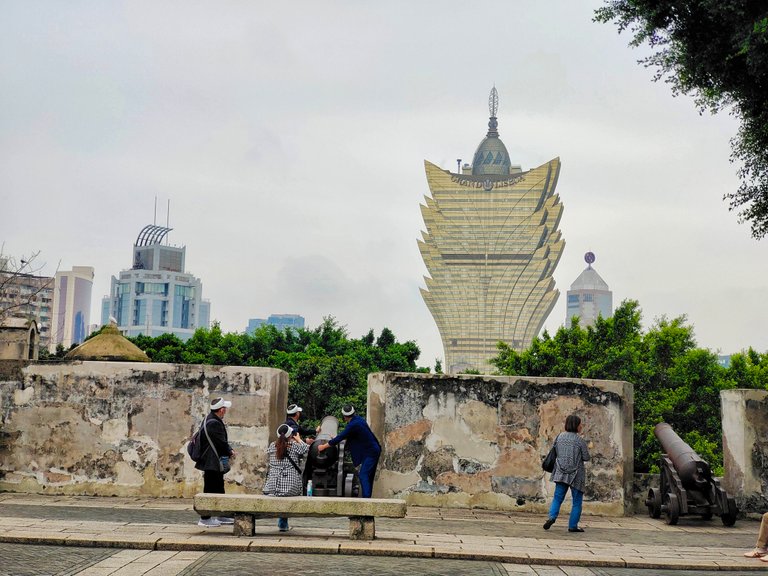
The feathered friend sitting prettily on top of the stone post so I zoomed out my camera to take a snap of it.

This array of steel canons holds the history of the place that only they knew exactly what happened in the past. Those were used to defend the territory against invaders.

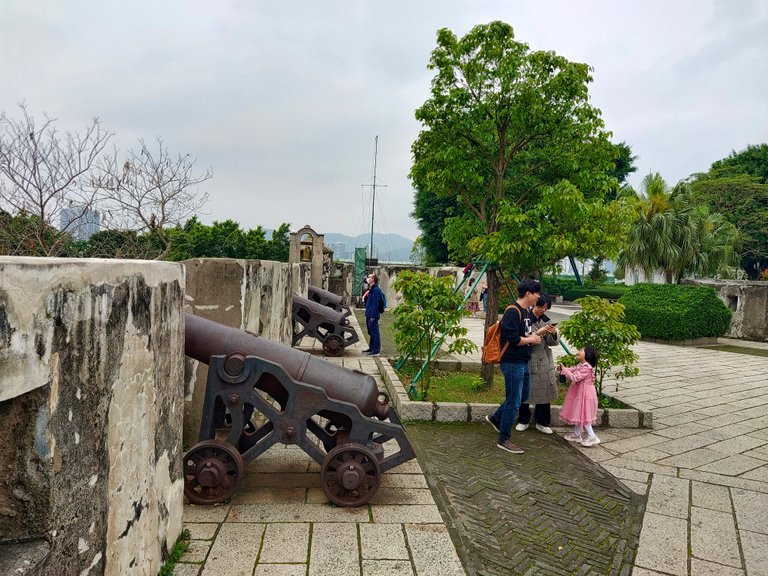
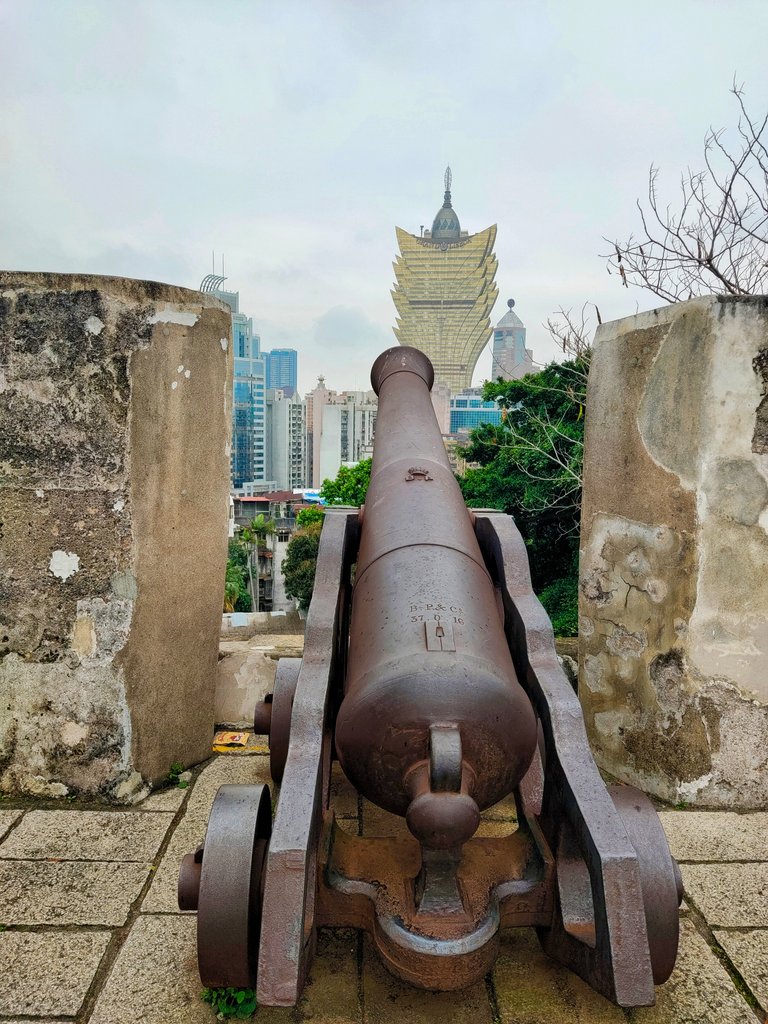
A very old telescope is located in the corner and is still usable to see a larger view of Macau in the distance.

In the middle of the former military barracks is the Museum De Macau which was inaugurated in 1998. It houses a lot of historical artifacts and relics about the Portuguese colonial and war era.

I was allowed to explore the museum courtesy of my bosses. It wasn't in their initial plans but because of me, they purchased tickets so I could see the museum, which is one of the most popular in the region.

We took the elevator down to the entrada. If my memory serves me right, the ticket costs 40 Macao Dollars which is equivalent to the same amount in Hong Kong Dollars.

Inside the museum is quite dark and it will give you a vibe that you are walking back in time during the Portuguese Colonial era. The first part, upon entering the museum, is the path to convergence and exhibition about the Chinese Civilization.
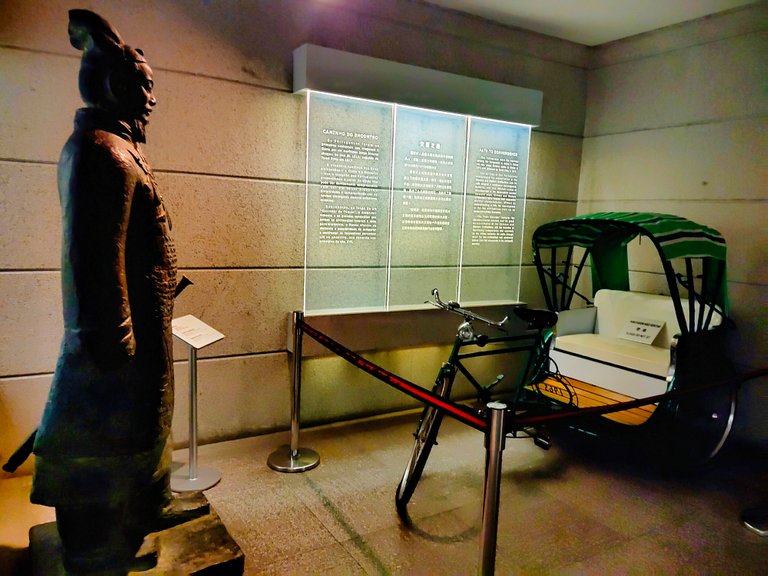

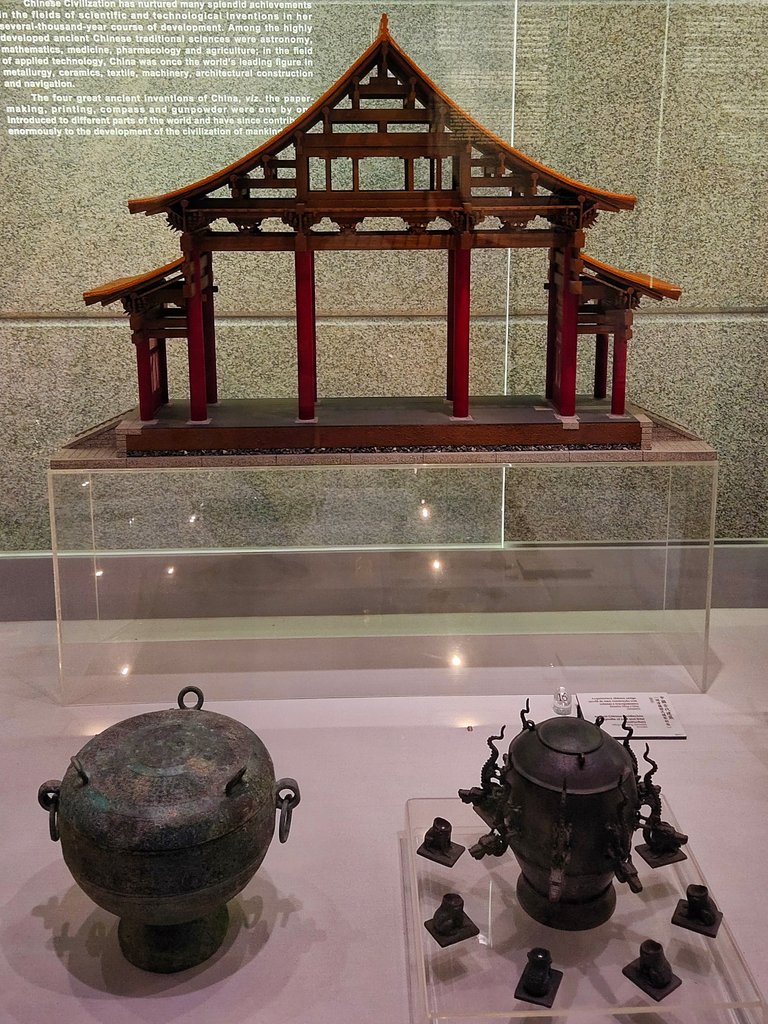
Macau has been a colony of Portugal since its settlement in 1557 until 1999 when it was turned over to the Republic of China. This has been the first and last European holding in China. (Just click the link for the reference.)
This part shows displays how the life of people in Macau back in the day wherein horse carriage has been their main transportation on land and pole junk boats in the water.
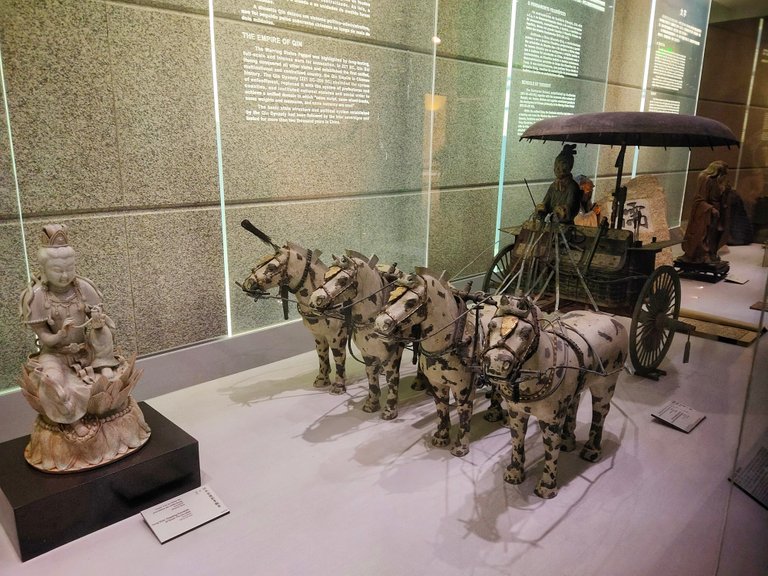
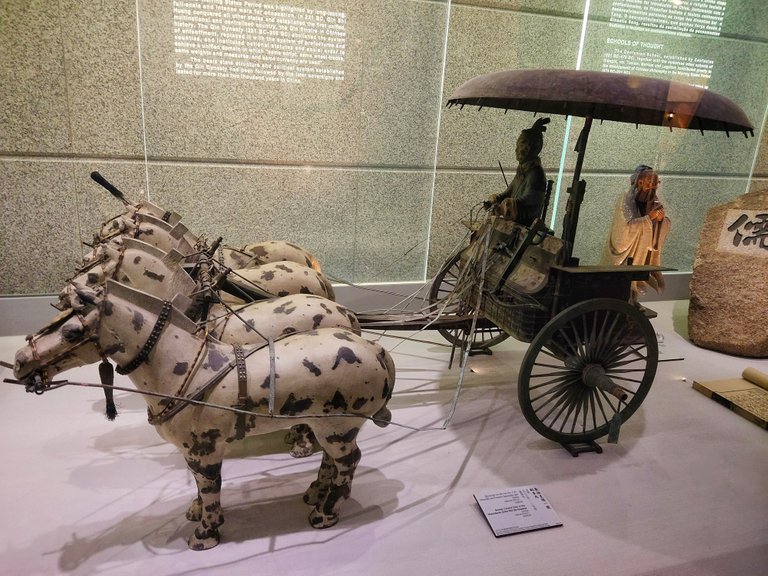

As we explored further, this old bell placed in the middle of the museum was the main attraction. This probably has been used in the fort back in the day to inform the military about the invaders.
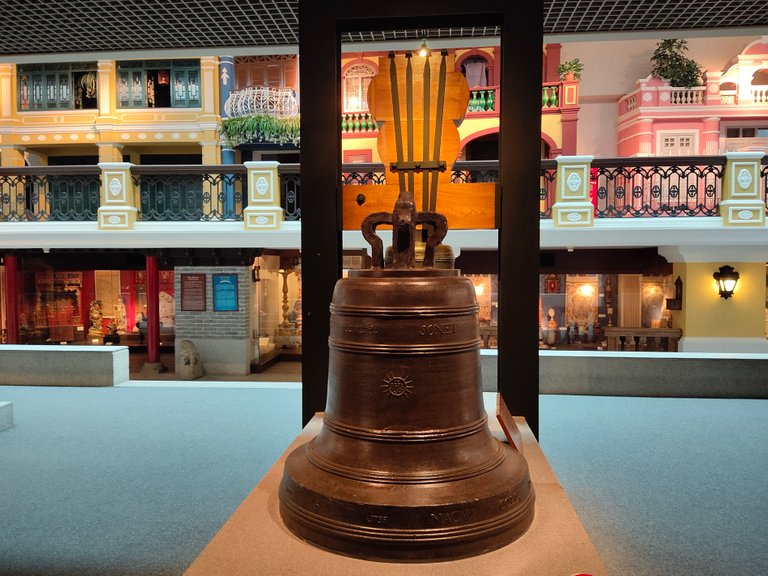
Behind the bell lies an array of casas on the second floor. This exhibition shows the recreation of farmers' houses which are the oldest types of houses in Macau. Some show Portuguese architecture with neo-classical verandas, balustrades, and arcades. The contrasting architecture (Chinese and Portuguese) still exists up until now across Macau.
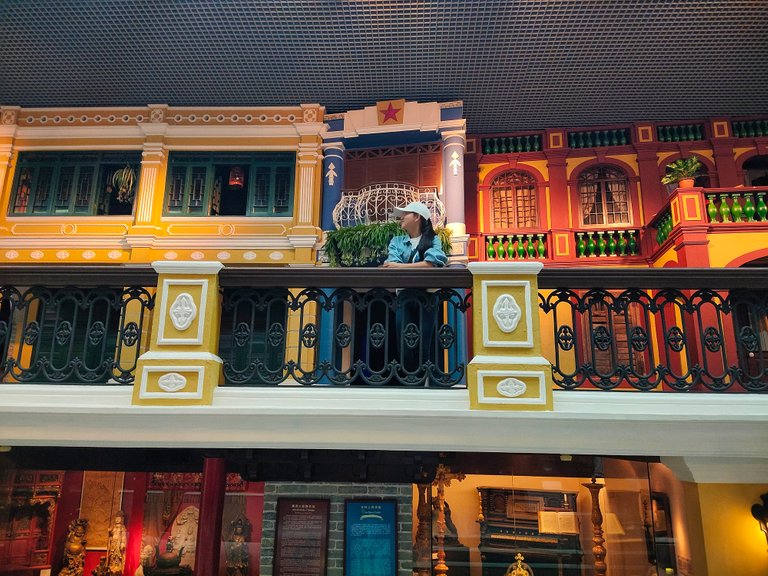
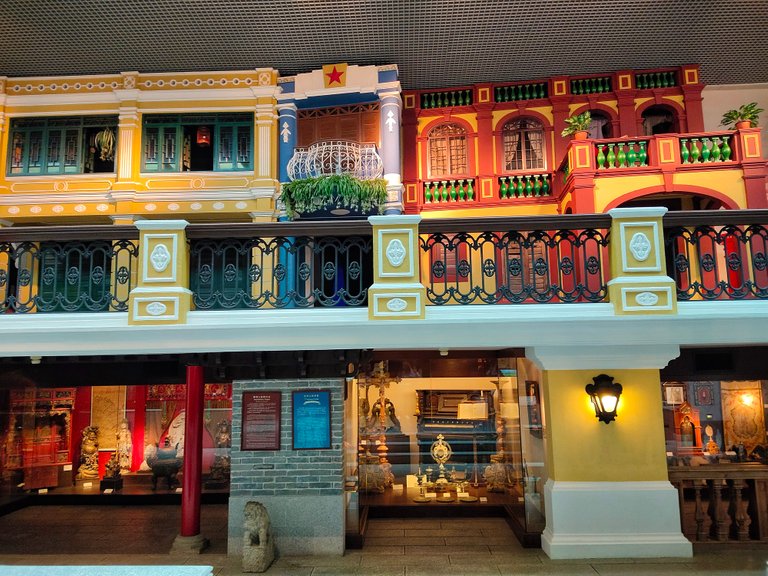


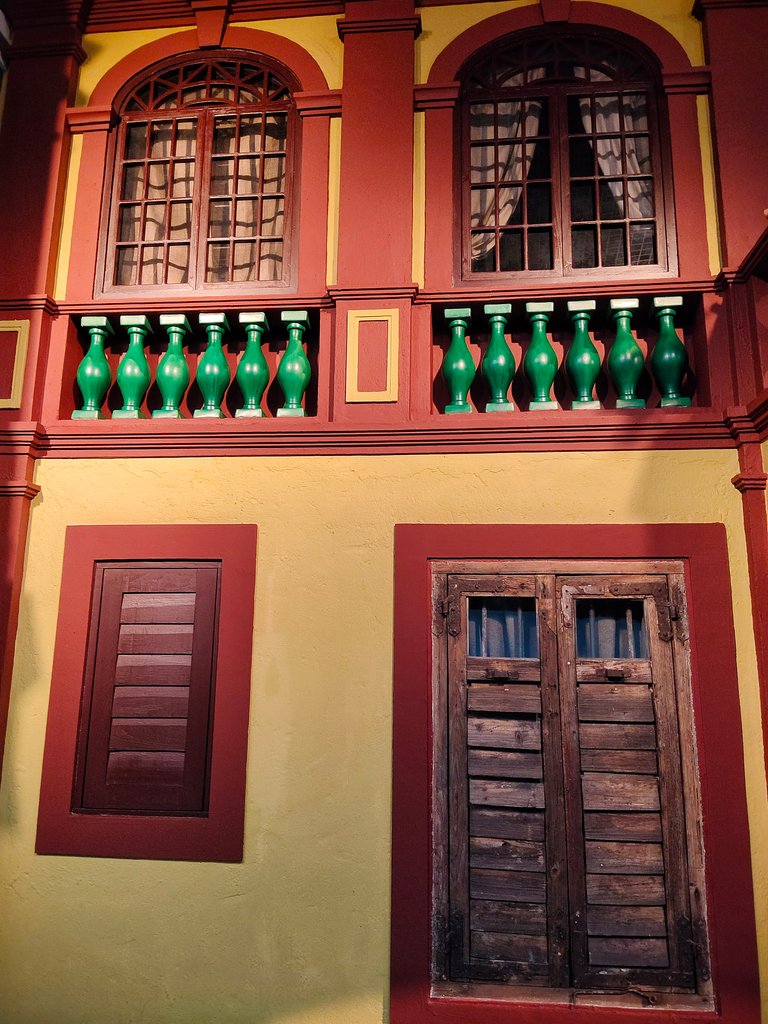
Meanwhile, this miniature portrays the life of an old fishermen's village in the past.
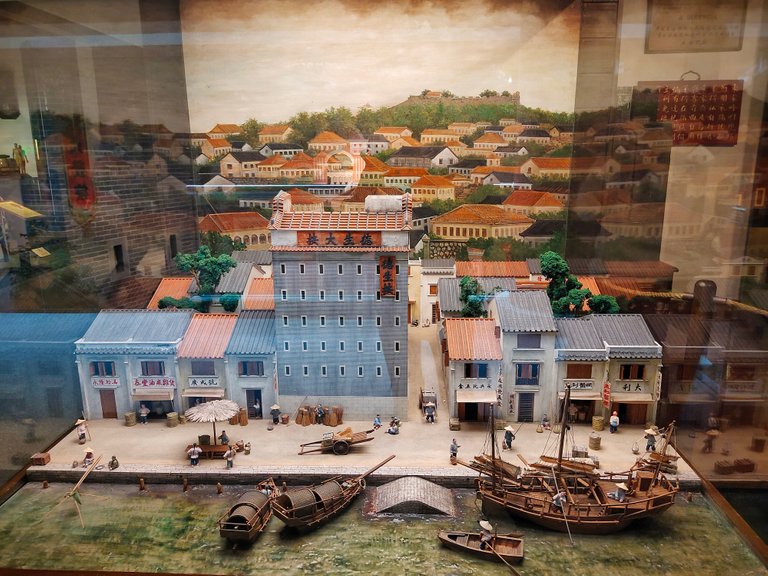
Inside some houses are exhibitions, like this one showing a father and son boating and catching fish in the lake. It's a typical type of work some farmers did in Macau's village.
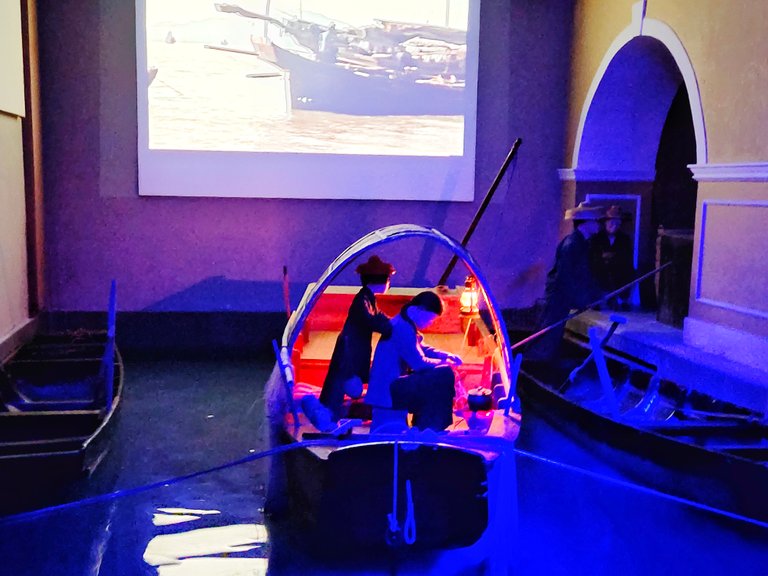
We entered other parts of the museum and saw some open rooms with displays of Chinese furniture and items found in old Chinese houses.

 |  |
|---|

This chamber also shows the type of work farmers do to make a living, such as selling street foods and their harvested vegetables.
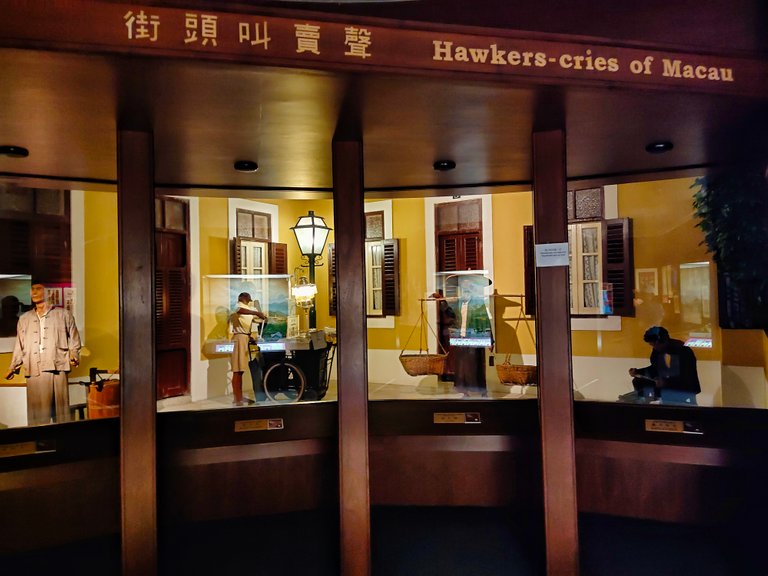
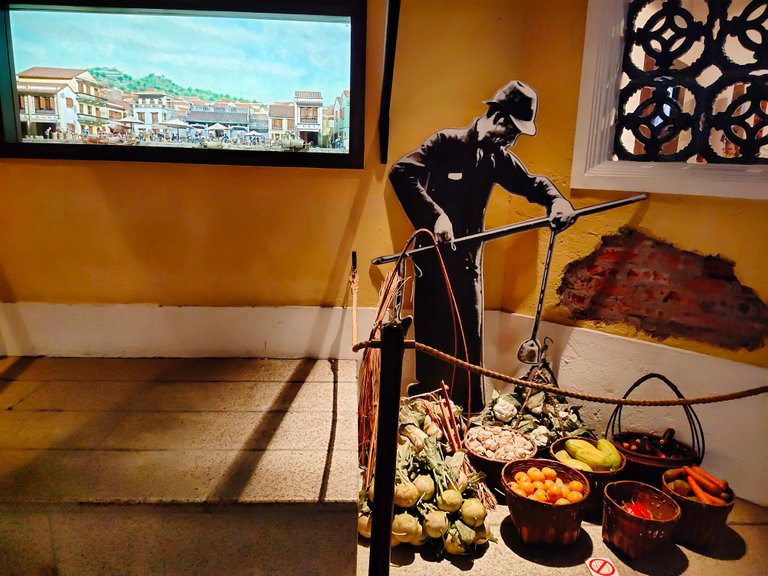
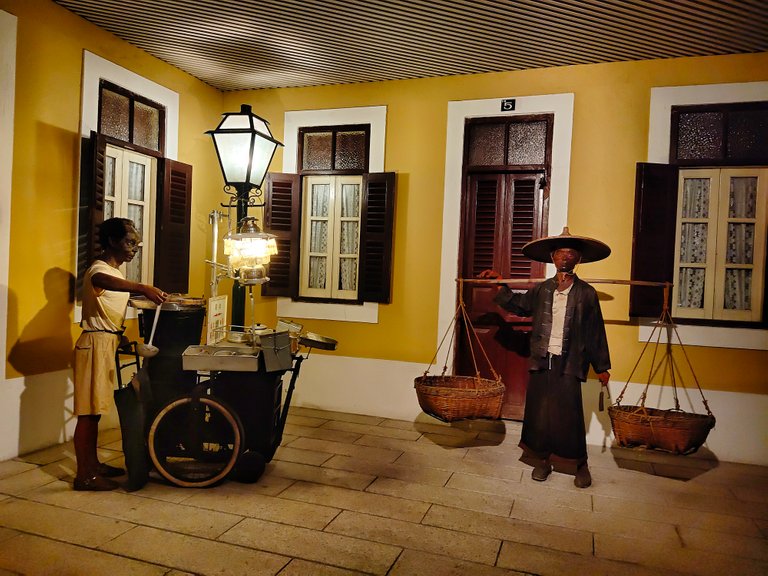
Meanwhile, this room shows the Chinese wedding customs and traditions as well as the bride's gowns and traditional red bed where new couples rest after the wedding.
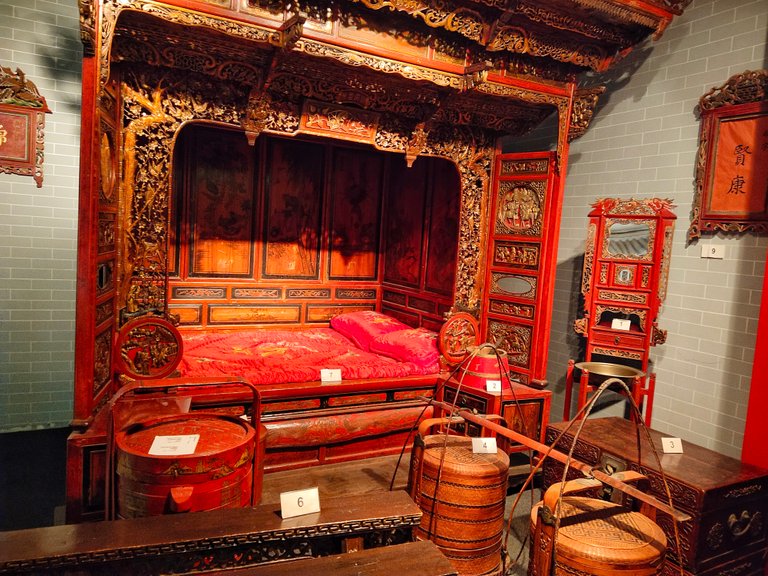
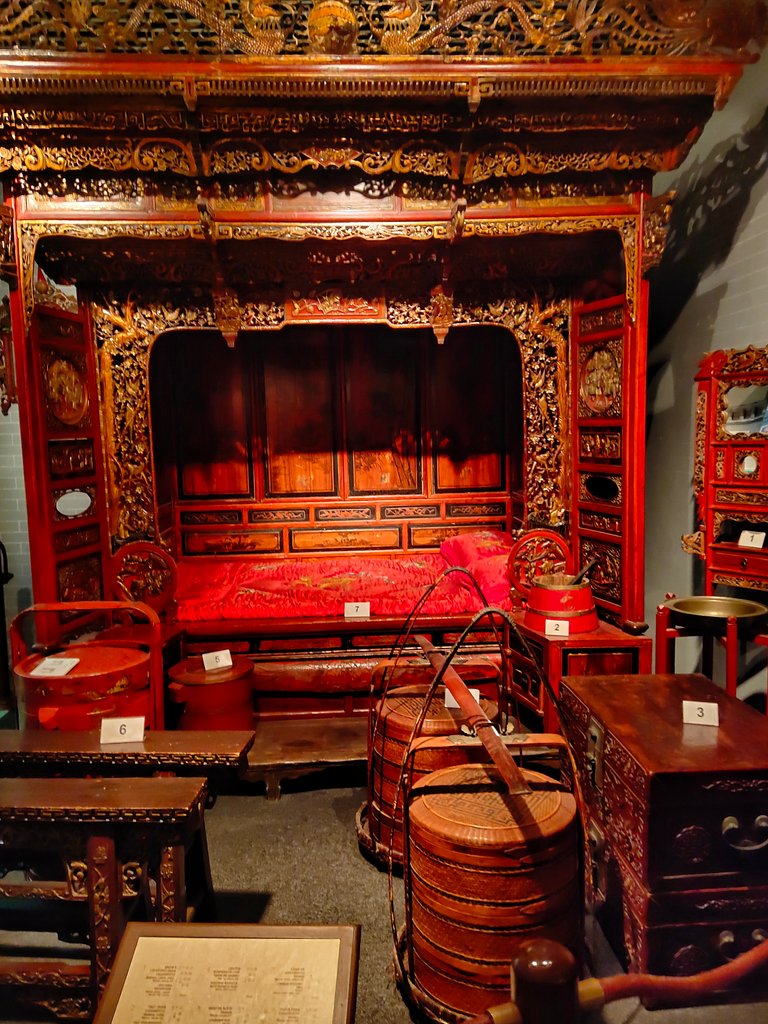 |  |
|---|
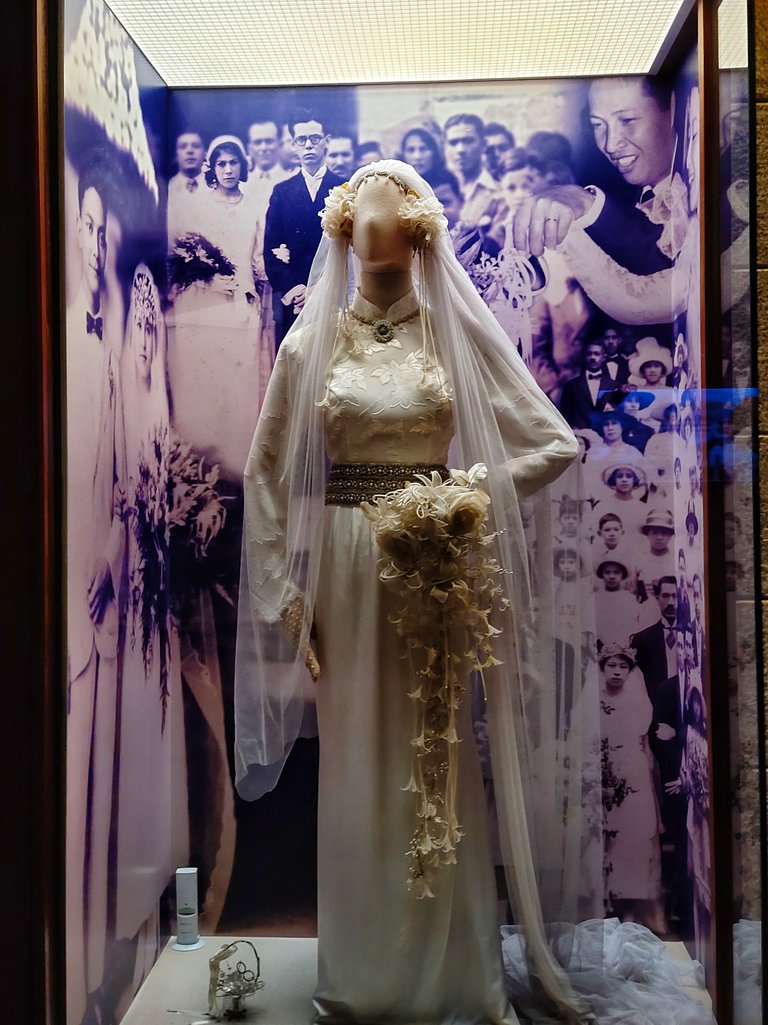
There are more rooms containing displays of some traditional houses.
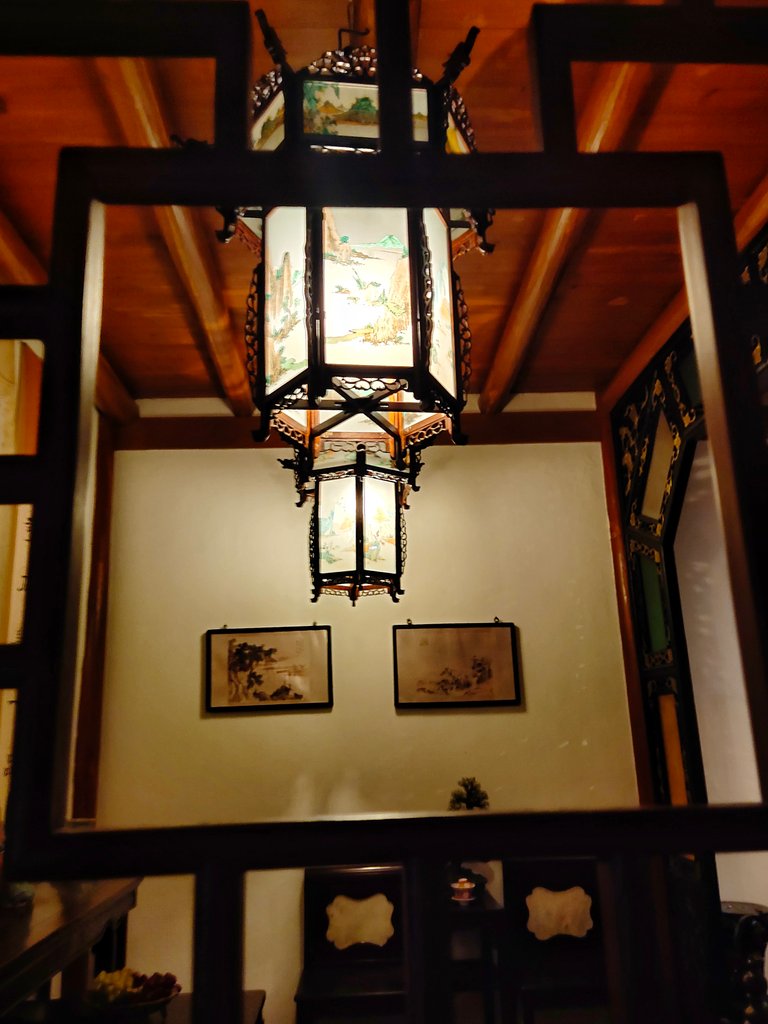

Even this corridor shows traditional Chinese architecture: the lamps, wooden doors, and floor.
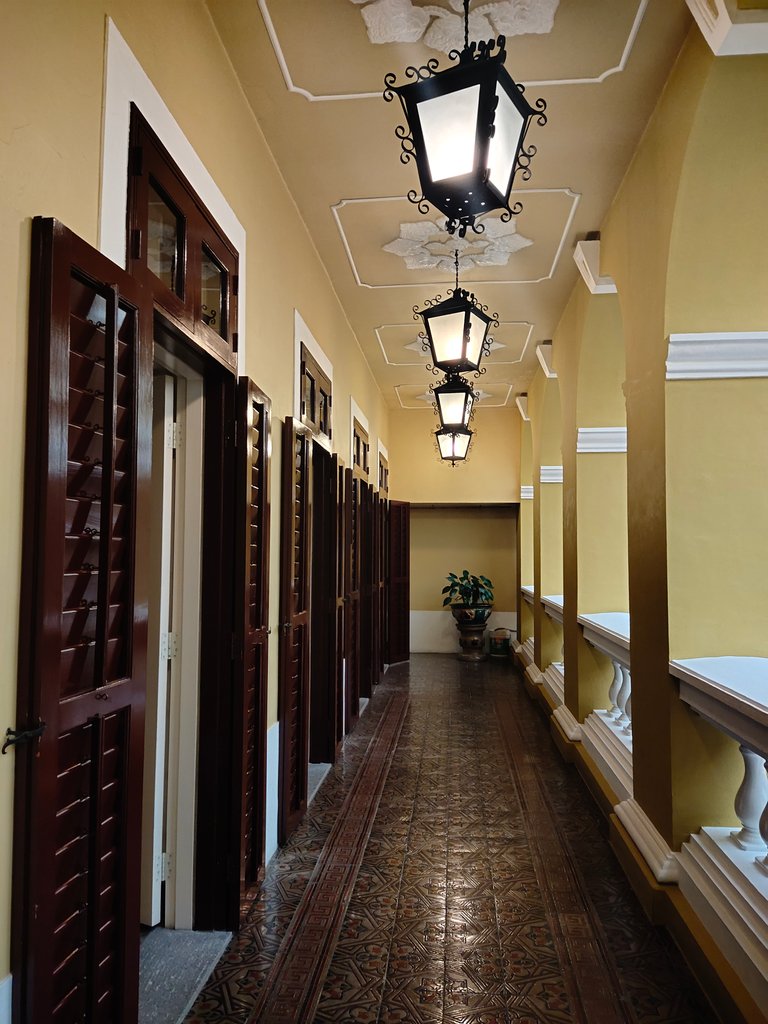
The last room we visited was this one showing exhibition about the Celebration Of Thousand Homes or the days of Tou Tei's worship which happens each second and sixteenth day of the lunar month. Among all the festivals Chinese people celebrated, this is the grandest.
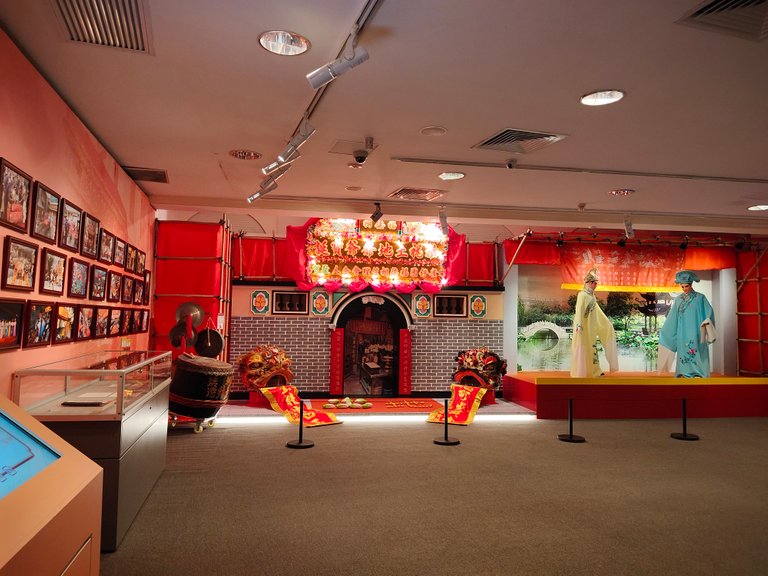
There are displayed statues wearing traditional Chinese clothes, props used for the celebration, and portraits displayed on the wall captured during the celebration. Photos about worshiping, lion dances, banquets, Chinese operas, and others.

The museum is just small and easy to explore in just less than thirty minutes. Despite being small, the interesting displays will make your tour worthwhile while learning some Chinese traditions and customs.
Before going down and continued our Macao journey, we took this souvenir photo first at the viewing platform. Her eyes are smiling and cute ☺️.
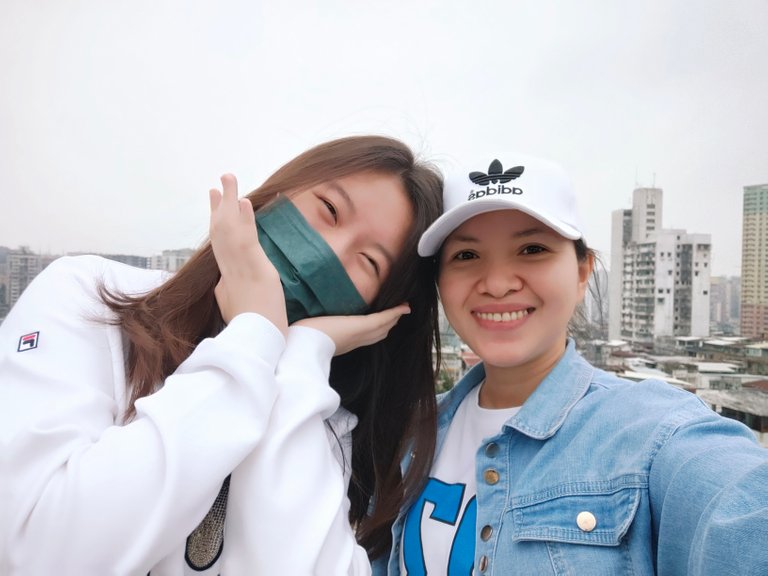
Happy humpday everyone. This will be my entry for today's #WednesdayWalk initiated by @tattoodjay in collaboration with #MakeMeSmile challenge.
Thanks for stopping by.
(All photos are mine)

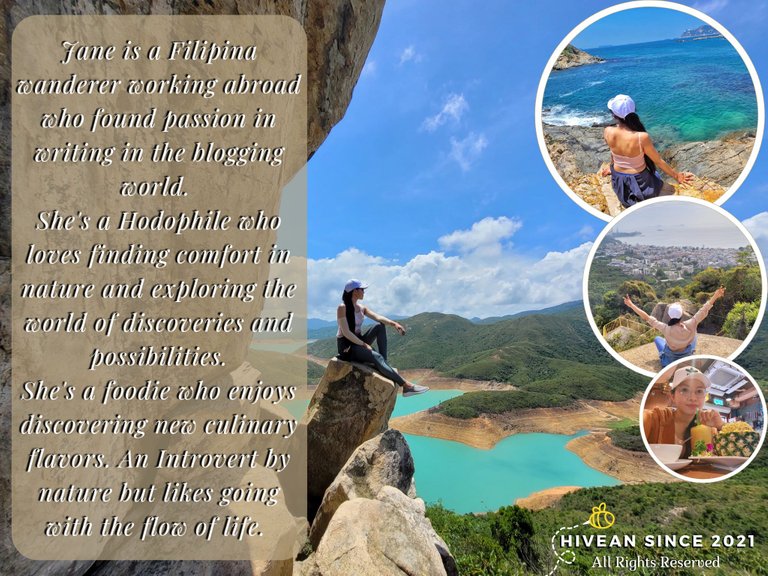
Join her on her quest for self-discovery and wanderlust. If you like her content, don't hesitate to upvote, drop a comment, reblog, and follow for more wonderful adventures. |
|---|
You can also reach me on my socials and let's be connected:






